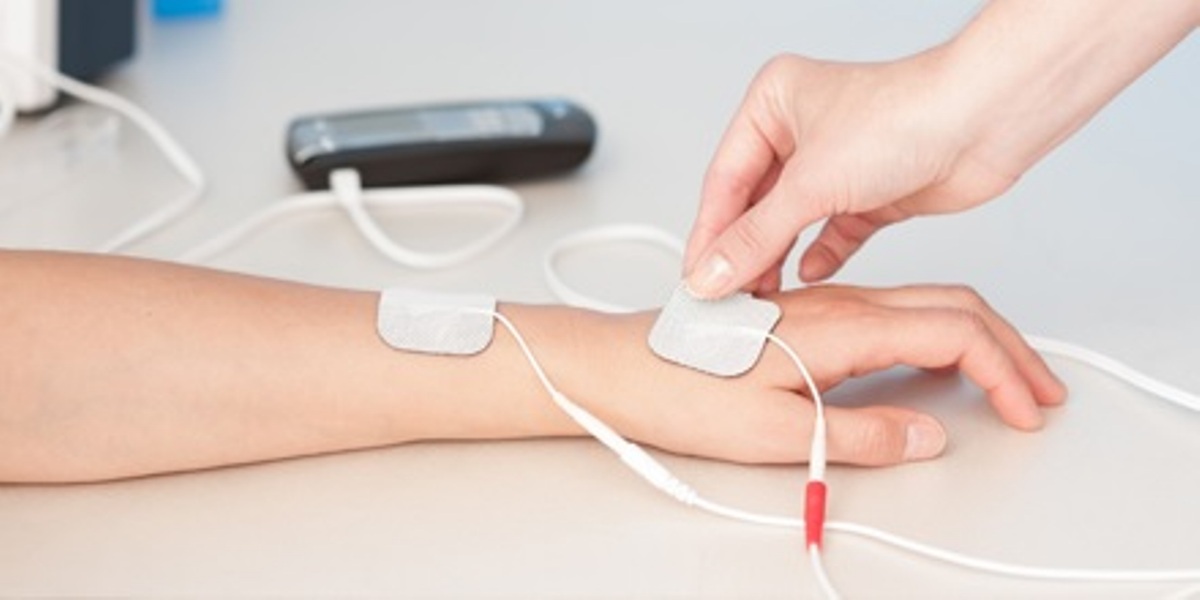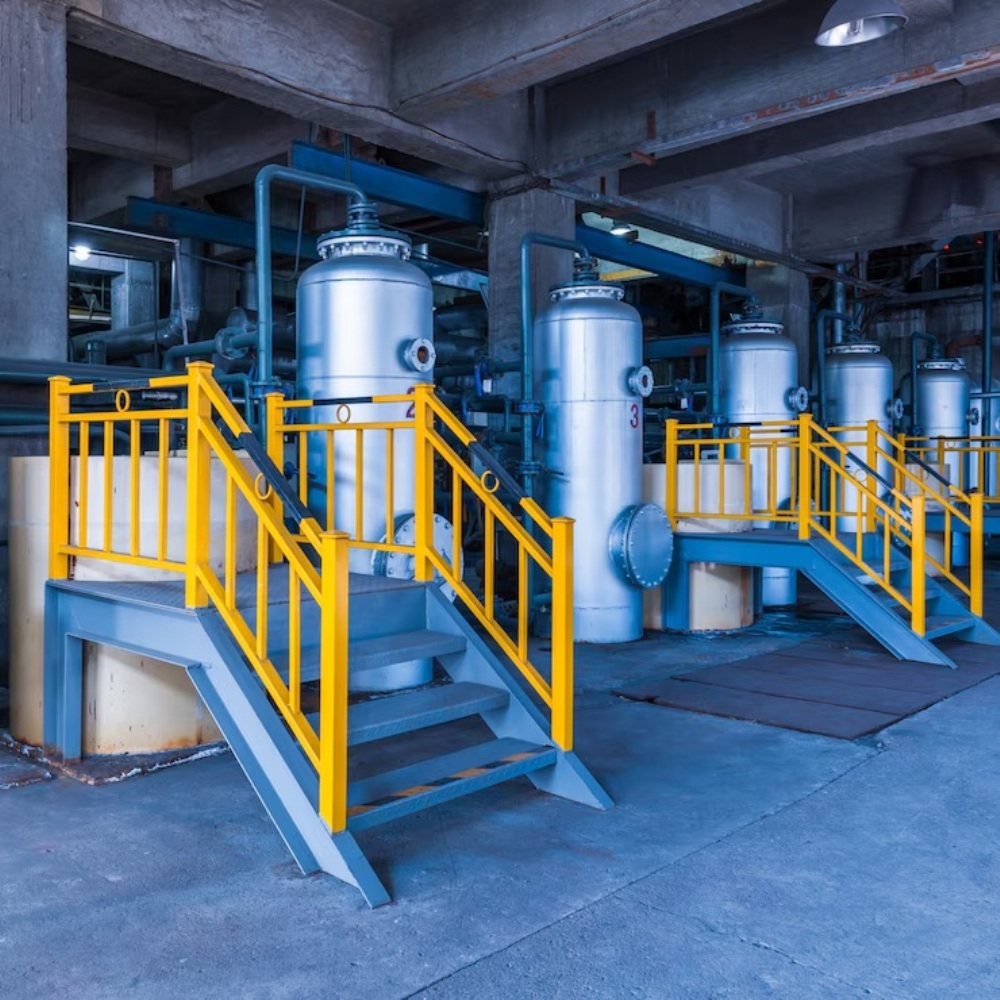
The global market for rheumatoid arthritis treatments is expected to grow at a CAGR of...
Learn More
Our consulting solutions address company specific challenges with respect to micro environment...
Learn More
Organizations frequently need day-today research guidancein order to gain strategic...
Learn More
Exploring different areas of market research and market analysis is a key factor...
Learn MoreAcute Market Reports presents the most extensive global business research services across industries. Our research studies focus on potential outcomes, benefits, and risks associated with each market segment across geographies. Having served our global clients for more than 10 years, our prime priority is to enable our clients in making well-informed business decisions through a data-driven, analytical, and uncomplicated research approach.
We provide access to the world's most comprehensive, analytical, and updated business intelligence services and solutions.




The neuromuscular electric stimulator market is expected to grow at a CAGR of 9.1% during the forecast period of 2025 to 2033. Neuromuscular electric stimulator market involves devices that deliver electrical impulses to nerves and muscles to provoke...
Read More
The filtration and separation equipment market comprises technologies and devices used to remove contaminants or separate different materials. This market serves a broad range of industries including pharmaceuticals, water treatment, food and beverag...
Read More
The automotive shock absorber market is a thriving sector within the automotive industry, contributing significantly to vehicle performance and passenger safety. The market has witnessed steady growth in recent years, driven by factors such as increa...
Read More




